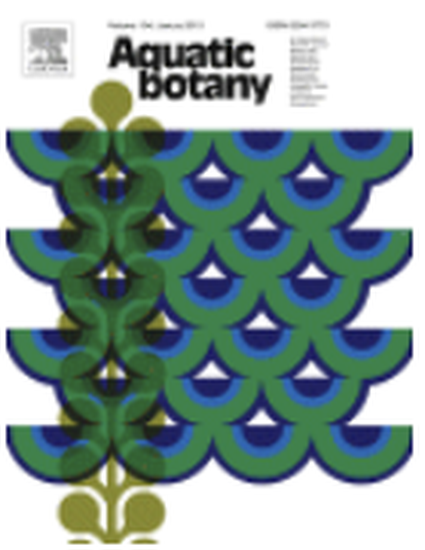
Article
Pattern and structure of genetic diversity of Schoenoplectus maritimus: implications for wetland revegetation
Aquatic Botany
(2013)
Abstract
When collecting seed for wetland restoration projects, it is important to understand the genetic diversity within and among source populations to balance the risks of inbreeding and outbreeding depression while maintaining genetic diversity to maximize adaptive potential. To inform future restoration projects, we investigated the patterns and structure of genetic diversity of Schoenoplectus maritimus L. Lye. stands within six wetlands in Utah and Idaho, U.S.A. S.maritimus, a perennial wetland plant, reproduces via seed and clonal spread and is an obligate outcrosser. Our results indicate the presence of five weakly differentiated populations and one distinct population (Fish Springs). We found high levels of genetic diversity with the majority (92%) of diversity found within rather than among sites (8%). We also found that the proportion of viable seed produced was surprisingly high within stands (mean=0.64+- 0.02) given that S. maritimus is a clonally spreading plant. Taken together, these findings indicate that 1) all populations sampled were genetically distinct, and 2) that the high levels of genetic diversity, and therefore increased availability of outcross pollen, may contribute to the high proportion of viable seeds produced. We suggest that each population be treated as an independent management unit to preserve population structure and that seeds be collected broadly within one or a few populations in close geographic proximity to a proposed restoration site to minimize the risk of inbreeding or outbreeding depression and increase the adaptive potential of restored plant populations. We studied the pattern and structure of genetic diversity of alkali bulrush. Each stand (n=6) represented a unique population. Genetic diversity was high within stands. The proportion of viable seed produced within stands was high.
Keywords
- wetland revegetation,
- restoration,
- genetic diverstiy,
- pattern,
- structure
Disciplines
Publication Date
January, 2013
DOI
https://doi.org/10.1016/j.aquabot.2012.09.008
Citation Information
Sweetman A*, Kettenring KM, Mock KE (2013) The pattern and structure of genetic
diversity of Schoenoplectus maritimus: implications for wetland revegetation. Aquatic
Botany 104, 47-54.
